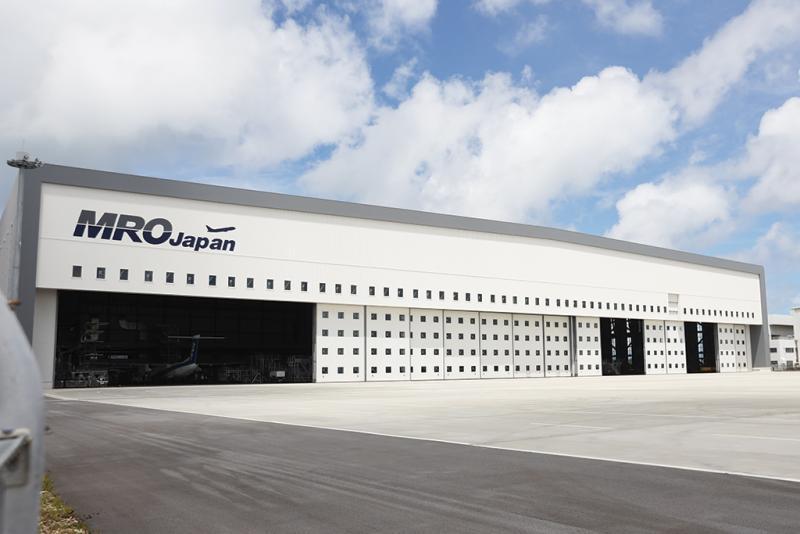
As aviation picks up in northern Asia, MRO Japan is seeing its maintenance business also mark some important milestones.
The Okinawa-based MRO received its long-sought European Union Aviation Safety Agency (EASA) certification in the middle of October. Under the certification, MRO Japan will be able to perform both line and base maintenance on the Airbus A320 family at Naha Airport, as well as issue both certificates of release to service and airworthiness review certificates. The EASA approval is valid for an unlimited duration.
Also in October, Taiwan’s full-service startup carrier, Starlux Airlines, became MRO Japan’s first foreign customer for line maintenance at Naha.
Starlux had a rocky start, opening services just as COVID-19 swept the world in spring of 2020. It has nevertheless been expanding rapidly, launching services from Taipei to Kuala Lumpur, Ho Chi Minh City, Manila and Singapore in 2021, and to Fukuoka, Japan, and now Naha in 2022.
However, Starlux is not a good prospect for heavy maintenance by MRO Japan, as the Taiwanese carrier plans to do its own heavy checks and it has already begun constructing base maintenance facilities.
MRO Japan also had big plans that were interrupted by the pandemic’s impact on commercial air traffic. Its facility was established to take advantage of lower land and labor costs in Okinawa to attract both Japanese airlines and some international business. Instead, MRO Japan has been supporting solely Japanese carriers for the last two years. Japanese domestic flights dipped drastically in 2020 and 2021, but have now revived to pre-COVID levels, according to RadarBox. But Japan’s international flights are still at less than half of their frequency before the virus hit.
The company has been helped through the pandemic by two factors, according to Takashi Shimamura, vice president of business development and marketing. First, Japanese carriers have sought some additional work, beyond required maintenance, during the slump in traffic.
Second, Japanese airlines have also been pulling work back into their home country as the Japanese yen has weakened against the currencies of potential outsource nations. The yen has declined nearly 20% against the Chinese yuan in the last 12 months and more than 20% against the U.S. dollar.
Both foreign flights into Japan, a potential market for MRO Japan, and EASA approval, necessary to support many foreign carriers, were significantly delayed by COVID-19. It was not until the end of May 2022 that EASA inspectors actually came to Okinawa to examine the MRO Japan’s facilities and processes.
At last, with EASA approval in hand and restrictions on trans-Pacific flights continuing to ease up on both sides of the ocean, Shimamura is eager to seek business for the newly certified, and now much more economically attractive, maintenance provider.




